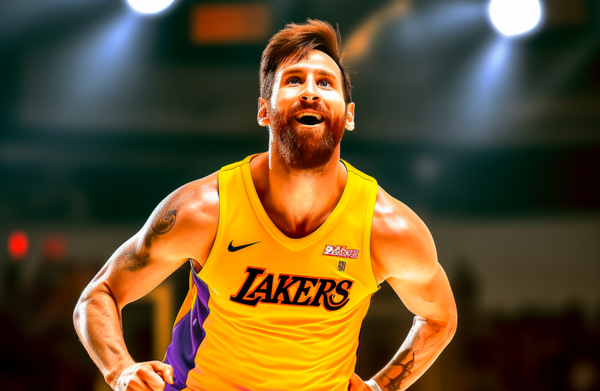Sports Broadcasting
How is the future of sports broadcasting being shaped by technologies like streaming, AI, VR, and AR, and how are changing viewer habits and new platforms influencing the industry's evolution?

Sports broadcasting is evolving with the rise of streaming, AI, personalization, multidimensional viewing experiences, and the use of new technologies like drones, VR, and AR. The industry is also facing challenges from OTT platforms, declining traditional TV viewership, and the need to engage with fans through social media and real-time highlights. The future of sports broadcasting will be shaped by technological advancements, changing viewer preferences, and the growth of new platforms and content offerings.
- US TV and streaming sports media rights payments are estimated to total $25.57 billion in 2023 across broadcast, cable, RSNs, and streaming services[1].
- Sports content accounted for over 95% of the most-watched programs in 2022[1].
- A shift to streaming is underway as direct-to-consumer services increasingly edge into live sports broadcasting[1].
- Sports broadcasters work in various industries, with 51% in education, 12% in media, and 5% in telecommunication[2].
- Multidimensional viewing experiences, such as the NBA's "NBA CourtView," are becoming more popular in sports broadcasting[3].
- Artificial Intelligence (AI) and Machine Learning (ML) models are transforming sports broadcasting, enabling better customization and improved viewer experiences[4].
- Automated video broadcasting is becoming more common, especially for amateur sports that lack resources for large crews[4].
- The global sports market is estimated to reach $614 billion by 2022[9].
- Traditional TV viewership for sports in the US declined by 12% in 2020, signaling a shift in audience consumption patterns[9].
- Wearable and performance enhancement tools are becoming more prevalent in sports broadcasting, allowing athletes and enthusiasts to analyze their performances using sensors[12].
- The growth of OTT platforms is challenging the traditional relationship between sports leagues and broadcasters[11].
- Automated sports broadcasting, using AI cameras, is democratizing sports broadcasting, allowing even non-league and little league events to be broadcast[11].
- The sports broadcasting industry is increasingly focusing on personalization, offering custom views and content tailored to individual interests and languages[8].
- The use of AI in sports broadcasting is expanding to include alternate languages and virtual locations[4].
- The rise of eSports is driving innovation in sports broadcasting, with new technologies and platforms emerging to cater to this growing market[12].
- Sports broadcasters often have a bachelor's degree in communications, broadcasting, journalism, radio and television, media, or mass communications[14].
- Local broadcasts and Internet radio stations offer the best job prospects for aspiring sports broadcasters[14].
- Sports broadcasters play a critical role in bringing sports to a wide audience, providing insightful analysis and commentary during games[10].
- The role of women in sports broadcasting is growing, with more female broadcasters and analysts entering the industry[7].
- Social media is playing an increasingly important role in sports broadcasting, with platforms like Twitter and Facebook offering live streaming of sports events[7].
- The use of drones in sports broadcasting is becoming more common, providing unique aerial perspectives of games and events[3].
- The sports broadcasting industry is embracing new digital platforms and advanced analytics to better engage with fans and drive revenue[12].
- The rise of online live video streaming is changing the landscape of sports broadcasting, with the global market valued at $59.41 billion in 2022[13].
- The trend of multicast broadcasting is growing, allowing fans to choose from multiple streams or channels for a customized viewing experience[8].
- The increasing demand for instant gratification among sports fans is driving the need for real-time highlights and specific moments in sports broadcasting[11].
- The relationship between soccer and broadcasting has been characterized by suspicion and hostility, but this is changing as new technologies and platforms emerge[11].
- The sports broadcasting industry is becoming more data-driven, with teams and leagues leveraging fan data to improve content offerings and drive revenue[15].
- The use of virtual reality (VR) and augmented reality (AR) in sports broadcasting is growing, offering immersive experiences for fans[3].
- The sports broadcasting industry is increasingly focused on sustainability, with broadcasters and leagues adopting eco-friendly practices and technologies[3].
- The future of sports broadcasting is expected to be shaped by continued technological advancements, changing viewer preferences, and the growth of new platforms and content offerings[9]





